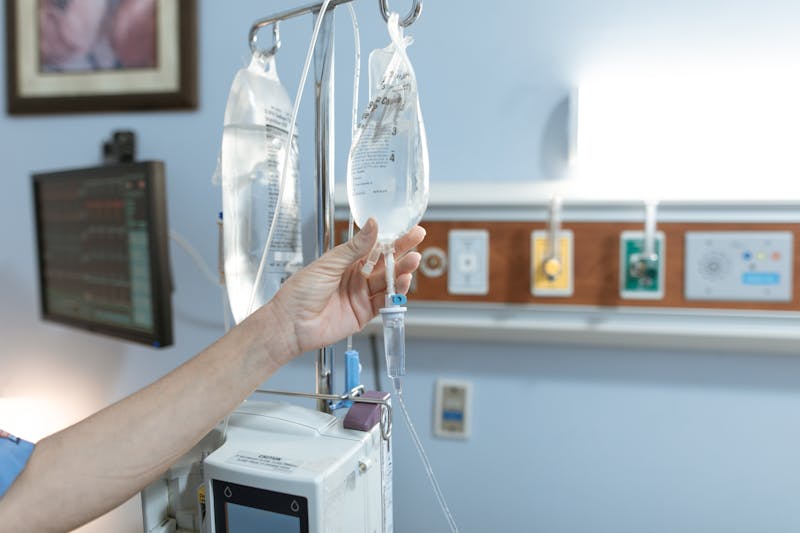Plaintiffs Awarded $4.5M In First Wright Hip Implant Defective Product Trial
Many people as we age might need special devices to help improve our quality of life. One of these devices might include a hip implant. When we go to the doctor to have these kinds of procedures done, we expect that these devices are safe and will help improve our lives and help to make our pain and problems greatly decrease. Unfortunately, many hip implants have defects and problems that can lead to additional injuries and the need for revision surgery to fix the problem. If you or someone you know has had a hip implant and then experienced severe pain or needed more surgery to correct the problem, then you should talk to one of our experienced defective hip implant lawyers with the Higgins Firm. We will review your case and help you to get the compensation you need for what you have suffered.
According to this case, the Profemur R used in Alan Warner snapped in 2010 while he stood in his kitchen due to a laser orientation mark that was burned too deeply into the device. The lawsuit argued that laser engravings deeper than 35 microns can cause the titanium in metal implants to become brittle, and that the crack in the Profemur R emanated from a laser mark over 100 microns deep. After only almost three years of having the Profemur R implanted it broke and the fracture caused Warner to have to have fourteen major surgeries after experiencing a number of dislocations and prolonged infections.
The Wright Company argued during the trial that the Profemur R snapped because the top of of the implant wasn’t properly affixed to Warner’s existing bone, and that the device shouldn’t have been used in patients like Warner whose bone structure was compromised. They also said Warner’s surgeon, Brad Penenberg, selected a stem piece that was too narrow. As the top of the implant shifted it placed stress on the narrow stem piece and caused it to break. Wright Company’s own findings initially showed the crack in Warner’s implant emanated from a laser guidance mark, but that once they were faced with a lawsuit, the company began using the argument that the Profemur R wasn’t meant for use in patients like Warner who had degraded bone structures, despite distributing marketing materials that indicated otherwise.
The first defective product lawsuit to go to trial out of nearly 1,200 pending cases involving Wright Medical Technology Inc.’s metal hip implants resulted in a $4.5 million plaintiffs’ verdict. The majority of other lawsuits over allegedly defective Wright hip implants claim metal components in the devices ground together and released toxins into patients’ blood, plaintiff Alan Warner’s case is the first time Wright has defended its metal hip implants before a jury in any capacity. Although the jurors said Wright’s design of the Profemur R device was not at fault, they found that the implant used in Warner was defectively manufactured and caused him injury.
Wright spokeswoman Julie Tracy stated that the company expects to appeal the jury’s decision, and that the verdict’s impact on other pending hip implant cases is negligible.
There are other Wright hip implant device cases pending and the verdict in this case will be have a very significant impact on the verdicts for the other cases. If you or someone you care about has had one of this hips implanted and then suffered pain from injuries or required more surgery to fix or replace the implant, then you should contact one of our knowledgeable defective hip implant lawyers at our firm. We will review your case, answer any questions you may have and help you get the compensation that is rightfully yours for your pain and suffering.
Contact us online or call 800.705.2121 for your free consultation.





